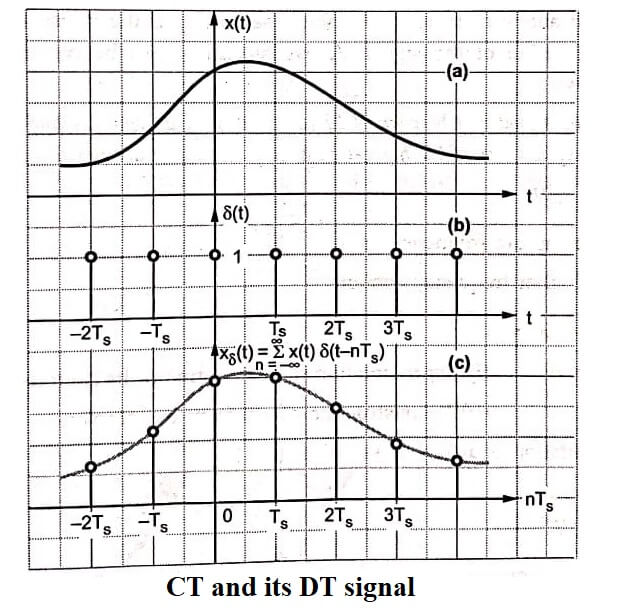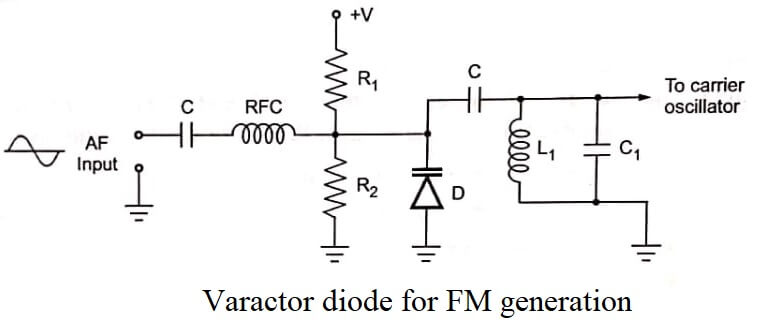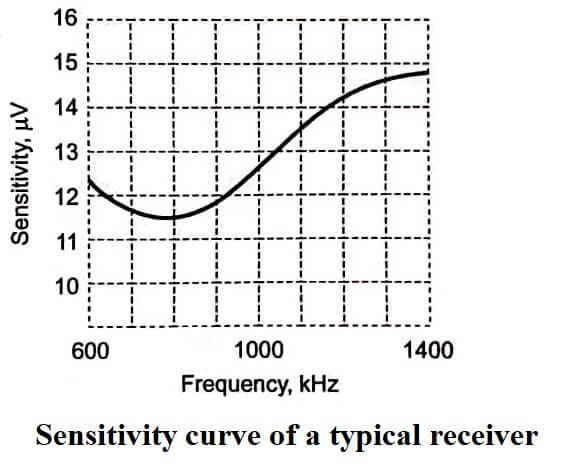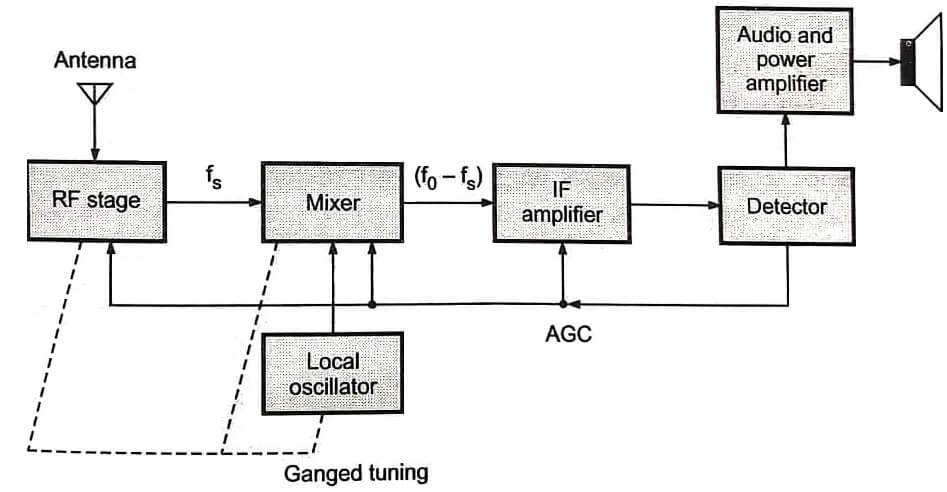The first operation in digital communications is the sampling. Almost all the natural signals exist in analog form. For example, voice, any moving scene, environmental data etc. exist in analog or continuous form. Such information can be transmitted from one place to another by continuous modulation of the suitable carrier. Then this type of communication is called analog communication.
In digital communication, the data to be transmitted is sampled at regular intervals. Such samples are then transmitted directly or through the modulation of some carrier. There are various sampling techniques discussed in this chapter. The sampling techniques affect spectral content of the signal.
Representation of CT Signals by its Samples
[sc_fs_faq html=”true” headline=”h2″ img=”” question=”Why CT signal represented by samples?” img_alt=”” css_class=””] A CT signal cannot be processed in the digital processor or computer. To enable digital transmission of CT signal. [/sc_fs_faq]
Fig shows the CT signal and its sampled DT signal. In Fig observe that the CT signal is sampled at t = 0, Ts, 2Ts, 3Ts, … and so on.

- Here sampling theorem gives the criteria for spacing ‘Ts‘ between two successive samples.
- The samples Tδ(t) must represent all the information contained in x(t).
- The sampled signal Tδ(t) is called discrete time (DT) signal. It is analyzed with the help of DTFT and z-transform.
Sampling Theorem for Low Pass (LP) Signals
A low pass or LP signal contains frequencies from 1 Hz to some higher value.
Statement of sampling theorem
- A band limited signal of finite energy, which has no frequency components higher than W Hertz, is completely described by specifying the values of the signal at instants of time separated by 1/2W seconds and
- A band limited signal of finite energy, which has no frequency components higher than W Hertz, may be completely recovered from the knowledge of its samples taken at the rate of 2W samples per second.
The first part of above statement tells about sampling of the signal and second part tells about reconstruction of the signal. Above statement can be combined and stated alternately as follows:
A continuous time signal can be completely represented in its samples and recovered back if the sampling frequency is twice of the highest frequency content of the signal.
ƒs ≥ 2W
Here ƒs is the sampling frequency and
W is the higher frequency content
Proof of sampling theorem
There are two parts : (i) Representation of x(t) interms of its samples. (ii) Reconstruction of x(t) from its samples.
- See More : Automatic frequency correction
- See More : Tuned radio frequency receiver
- See More : Switched reluctance motor



